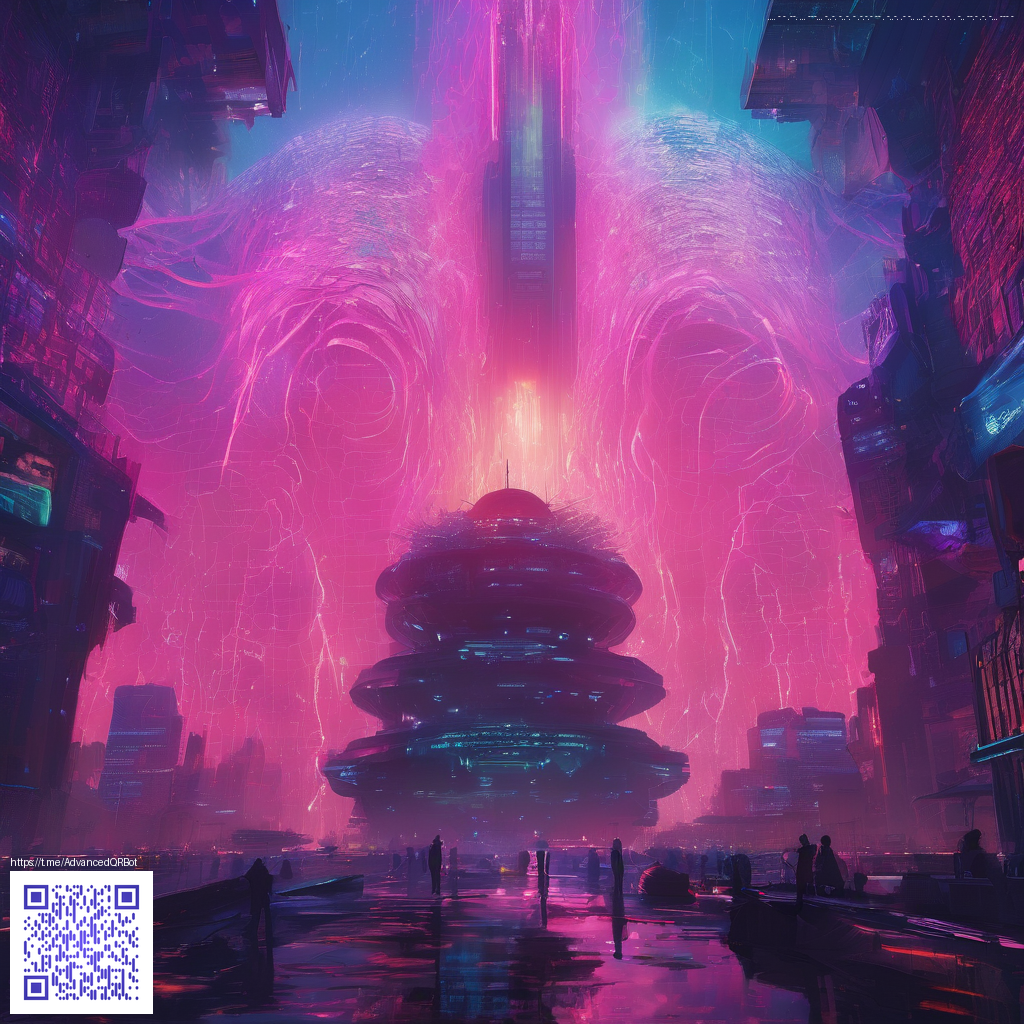
AI vs Handcrafted Digital Paper: What It Really Means for Your Projects
In the world of digital design, the term "digital paper" covers everything from seamless textures to tactile-looking patterns. With AI tools growing more capable, designers can generate vast libraries quickly. Yet handcrafted digital paper retains a vitality that algorithms often can't replicate. Understanding the difference helps teams choose the right approach for branding, UI, packaging, and beyond.
What is AI-Crafted Digital Paper?
AI-generated digital paper uses machine learning models—trained on enormous datasets—to produce patterns, textures, and colorways that feel cohesive and scalable. The advantages are speed, consistency, and the ability to explore thousands of variations in minutes. For example, you can instruct a generative model to create a family of textures that share a common motif but differ in grain, scale, and contrast. This is ideal for themes that require uniformity across an app’s surfaces or marketing collateral.
What Makes Handcrafted Digital Paper Distinct?
When a designer uses traditional methods—scanning textures, painting, or assembling composites by hand—the result gains nuance: tiny imperfections, deliberate irregularities, and an intentional embrace of texture that can evoke warmth and tactility. Handcrafted papers often carry a narrative: the brush stroke, the paper grain, the way light plays on a surface. Even if the end product is digital, that story persists, giving brands a sense of personality that feels human rather than engineered.
“Crafted texture communicates depth in a way that uniform AI outputs sometimes miss. It’s about intentional deviation and the whisper of a hand guiding the pixels.”
Of course, there’s a balance to strike. AI can handle macro-variations and large datasets, while human craft can fine-tune micro-details to align with a brand’s voice. When combined thoughtfully, AI assists with exploration and scale, and handcrafted work grounds the design in empathy and tactility. This synergy is especially valuable in product packaging, app interfaces, and marketing materials where texture drives perception.
Key Differences in Aesthetics and Practicality
- Consistency vs. Variation: AI shines at repeatable patterns; handcrafted textures excel in organic variation.
- Speed and Scale: AI accelerates production of thousands of options; handcrafting remains slower but more intimate.
- Texture and Depth: Handcrafted methods often capture nuanced light interactions that are harder to simulate perfectly.
- Licensing and Originality: AI-generated assets may raise questions about originality and usage rights, whereas handcrafted pieces are typically more straightforward from a licensing perspective.
For a tangible reference in the real world, many designers gravitate toward physical finishes that echo digital concepts. Consider a sleek, glossy Lexan surface—much like the iPhone 16 Slim Phone Case: Glossy Lexan Ultra-Slim—to illustrate how texture and sheen translate across media. The product page is a helpful reminder that digital textures often mirror, and sometimes outpace, physical materials.
Readers curious about related explorations can also revisit discussions on a complementary page at https://cryptoacolytes.zero-static.xyz/cac8087c.html. It offers additional perspectives on how technology intersects with craft in contemporary digital media.
Choosing the Right Approach for Your Projects
In practice, a blended approach works best. Start with AI-generated sheets to map out a broad design language, then inject handcrafted elements to anchor the look with texture and tactility. Use AI to prototype, visualize, and scale; rely on human hands for refinement, storytelling, and brand alignment. This dynamic can be particularly effective in UI design, packaging, and editorial layouts where texture informs hierarchy and readability.
As you plan your next project, consider the audience and the medium. Digital-only campaigns may lean more on AI for breadth, while high-end print or experiential experiences might benefit from curated handcrafted textures to convey luxury and depth.